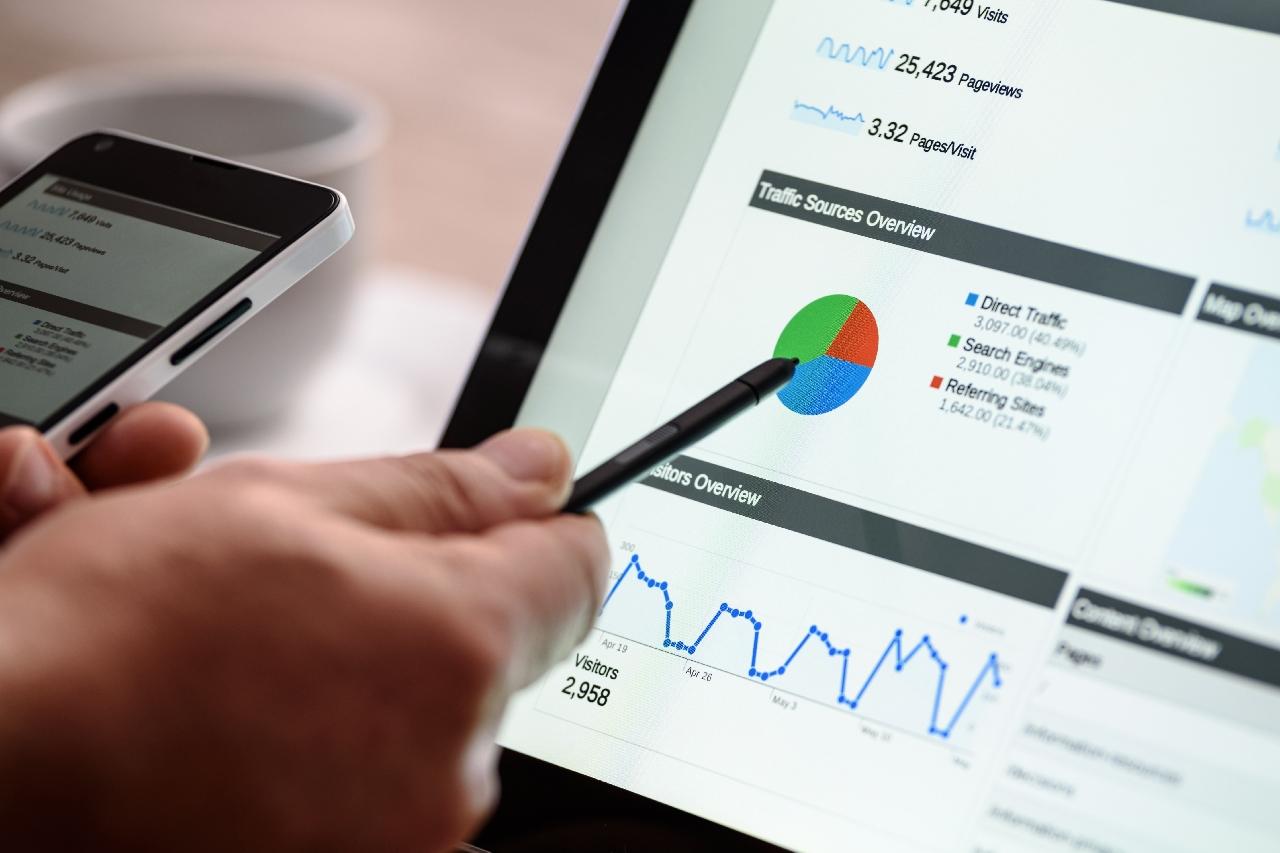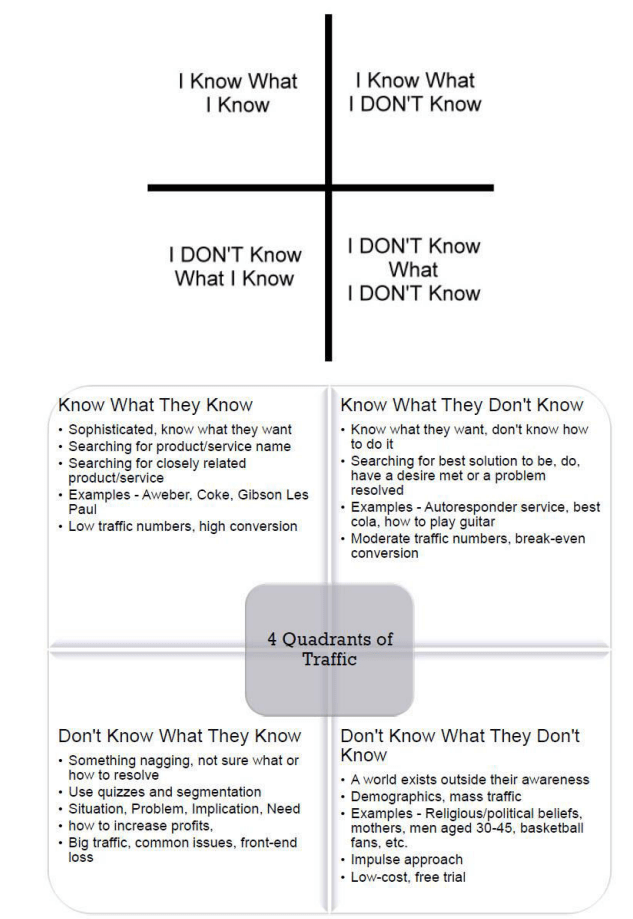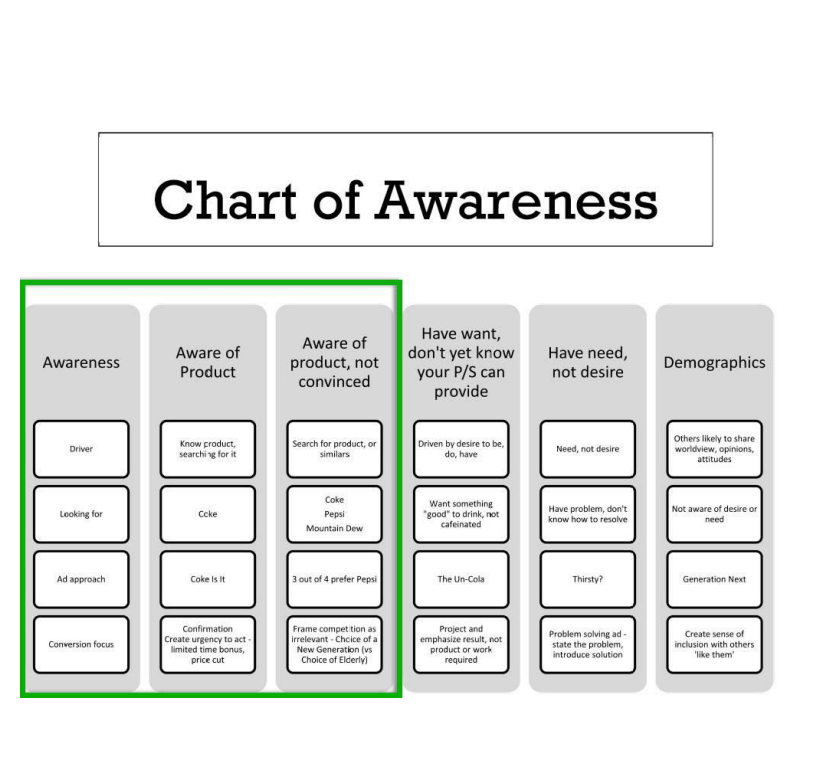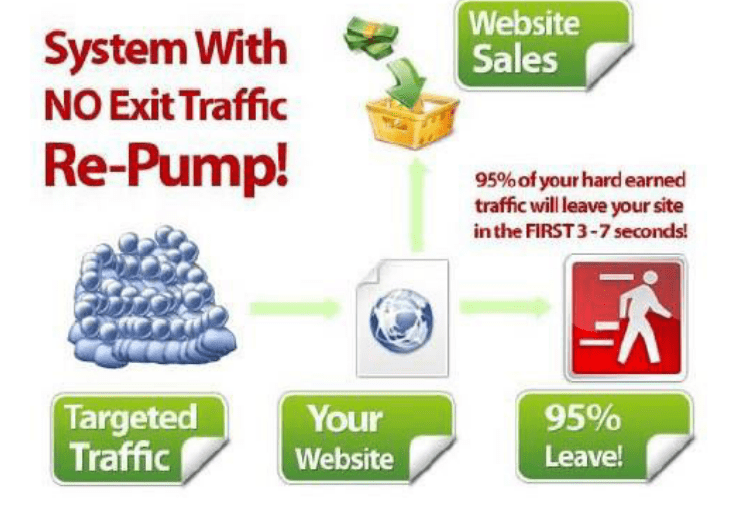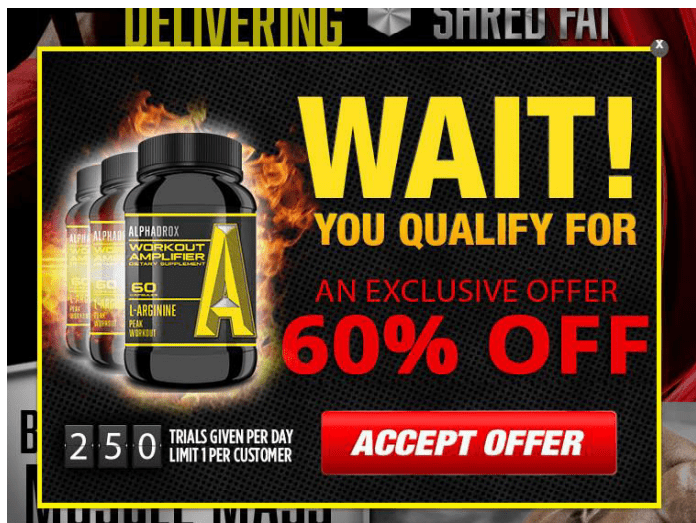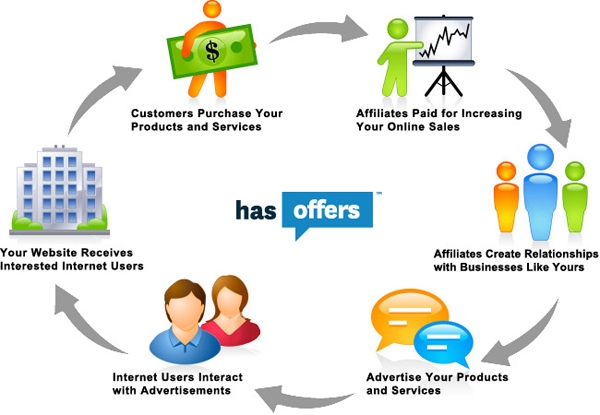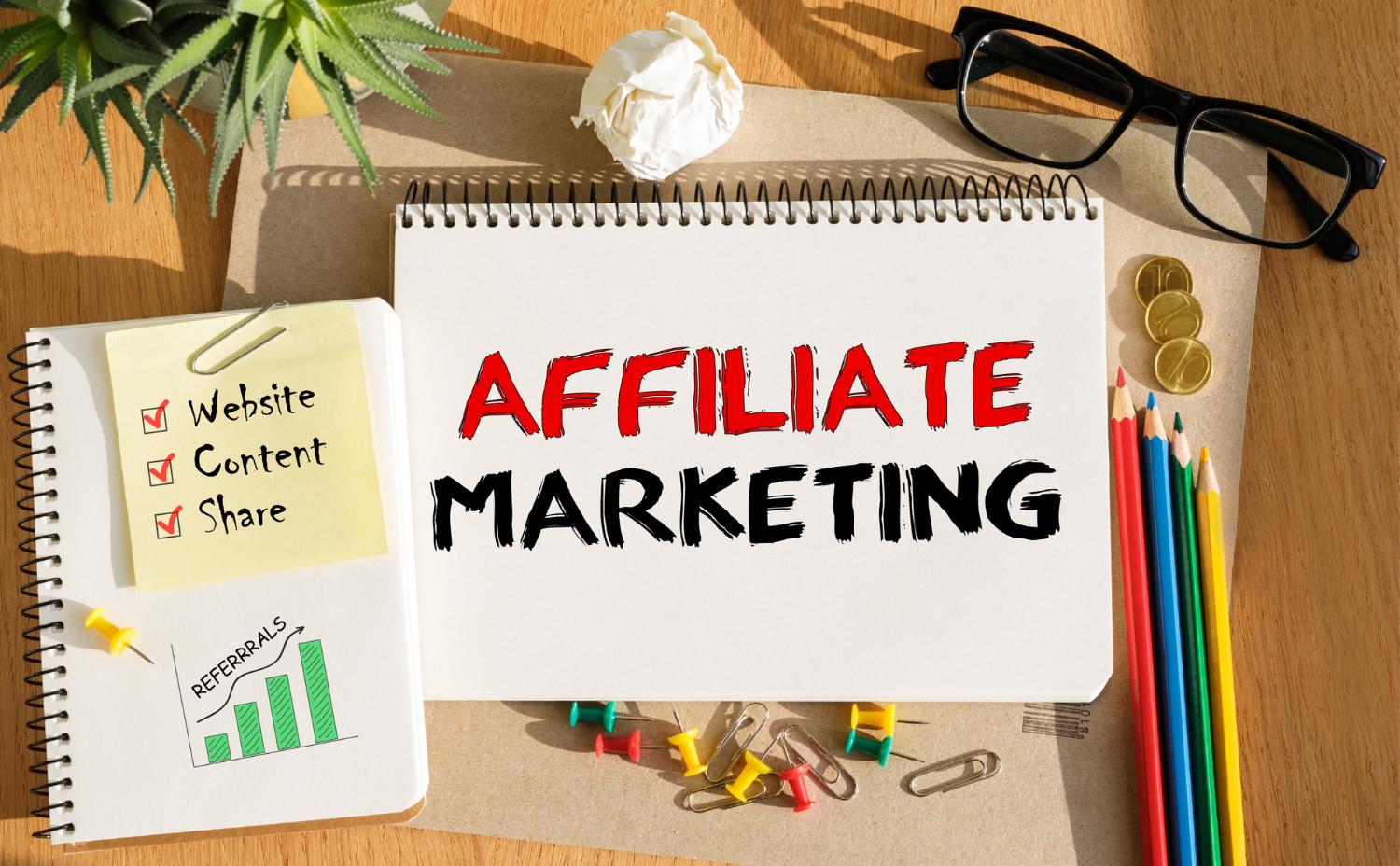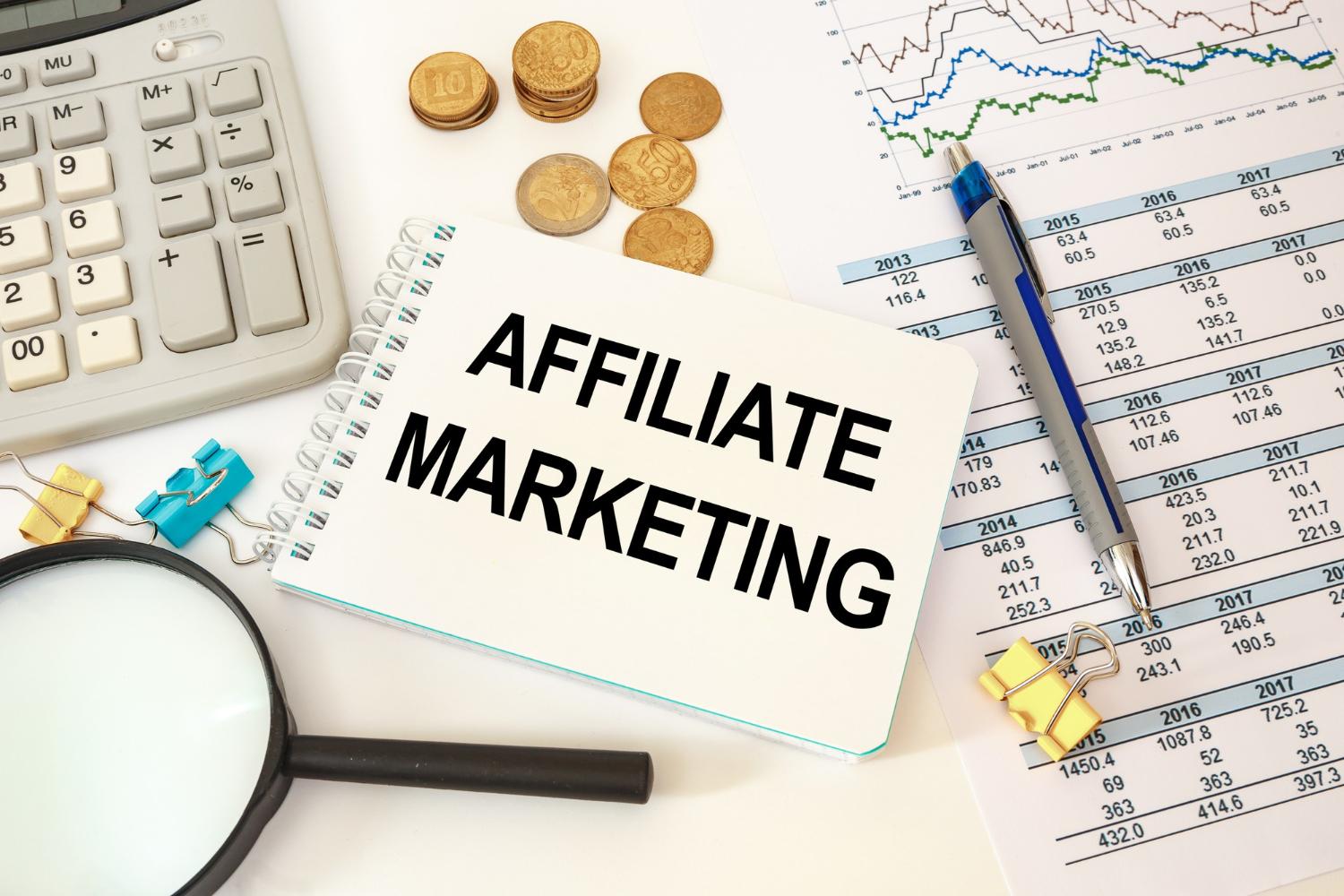Understand this section and you fast track your learning curve by a factor of 10! Before I get into what the four faces are, it’s important that you understand something first. First I want to make it very clear where I first got this from. One of the first products I ever bought was called Affiliate Insane Traffic and you can’t buy it anymore, this was from YEARS ago, almost a decade ago.
The guy who wrote it has left the scene, but I’m including it here because this is going to make a MASSIVE difference to you and your success if you process it. What follows here in the next few paragraphs is straight out of that book. It’s important, so read every word of this as many times as you need to until it sinks in. And that something is:
Understand the nature of traffic.
I’m serious, if you ‘get’ this, you’re going to be head and shoulders above 95% of other affiliates following sheep straight over the white cliffs of Dover and crashing nose first to the bottom.
Not all traffic is created equal.
If you know the law of 80/20 then it should be no surprise that it applies to traffic as well. 80% of your income will come from 20% of your traffic. With traffic I take it a step beyond that – because 80% of THAT income will come from 20% of THAT traffic. In other words 96% of income comes from 4% of traffic – that’s the traffic you want to focus on. Working and investing in the other 96% is a complete waste. I don’t care about 1000 visitors per day – I care about the 4% who are going to buy something. 40 per day are just as good if they’re the right ones. Don’t be seduced by promises of big traffic, cheap – it’s fool’s gold – garbage. It’s cheap for good reason.
With that being said, let’s dive into what I call “The 4 Quadrants of Traffic”. Have you ever heard of the “Four Quadrants of Knowing”? It looks like this:
Now, up to this point, I haven’t mentioned any specific traffic sources. That’s deliberate, because I want you to think. To think about what kind of an offer is going to sell to Facebook traffic – or Twitter traffic – or Google Adwords paid search traffic – or someone reading an article you get published on someone else’s blog. Always keep in mind the definition of a market: it’s a place where buyers and sellers meet. You are not in a market unless buyers and sellers are present. Each of the 4 Quadrants represents a prospects proximity to the market. The person that knows what they know is IN the market. They’re pondering. They’re most likely to buy. This traffic is almost always profitable.
The person that knows what they don’t know is also IN the market. But they’re shopping. Maybe they consider the options and come back next weekend. The person that doesn’t know what they know is a wildcard. They are NOT in the market but if you hit the right hot button maybe they’d come in. Finally, the person that doesn’t know what they don’t know is just going about life. They’re not in the market and they odds they care to wander in are slim.
In the chart above, I’ve laid out the different stages of awareness.The green boxed section, is my favorite kind of traffic / prospective customers. This has been my bread and butter money maker for nearly a decade. This is the “Shooting Fish in a Barrel” approach to affiliate marketing. Prospect Mindset: The prospect is aware of the product or service.
There already exists some desire for the offer. They’re searching for two things:
1. The best deal and
2. Confirmation they’re making a wise decision.
Your Mindset: Close the deal. Present the best deal. Address objections, and reframe in the positive.
Traffic source: Searching specifically for the product/service by name via Google Ads or Bing by bidding on keywords. “Aweber”, “roku stick”, “Apple iWatch” and variations that might be included.
Note: As of writing this guide, you CAN still bid on brand keywords within Google Ads but you CAN’T use Trademarked terms in your ad copy.
This is expensive traffic, typically, but you can expect to convert at 3-5%, maybe better. Traffic will probably cost you more, but it is as close to a guaranteed thing as you’ll ever get. If you cannot get this traffic to convert, you stand no chance with any other. Landing page approach: The landing page should focus on presenting the best offer including bonuses, price, etc.
Even if you have no bonus to offer, by highlighting the bonuses that may already be offered you present something that sounds like a better deal and reason to purchase from your site. For years I’ve used an approach called “Replace the Merchant”. I don’t want to be seen as an affiliate. Basically, I link directly to the merchants order form.
Most affiliate programs have a way to do this, so you still get credited for the sale. The advantage to this is, there is no bogus comparison review and dumbed-down article. I sell it like it’s mine and that includes a “Buy Now” button that direct links into the shopping cart, bypassing the merchant site.
Who Should Use This Approach?
Everyone, but this is specifically suited to those getting started. As you can tell, I love Google Ads and Search traffic. And now I want to dispel a Myth: “But Adwords Don’t Like Affiliate Marketers!!” This is Bull.
What most affiliates don’t realize is that Google (and Facebook) penalize merchants too. I struggled for two full years trying to get a product I wanted to sell as an affiliate approved by Google Adwords (as it was called back then) review team.
- It wasn’t about using Clickbank or any other affiliate network.
- It wasn’t about the vertical I was in.
- It wasn’t really even about the product I was selling.
- It wasn’t that I had an opt-in form on my landing page. (that allegedly is a big no-no, this is bull too)
- It wasn’t for any other other reason you might have heard either.
- It was because of my approach to selling, which focused on gaining an opt-in and used a hypey long-form sales letter to sell affiliate products.
Bottom line: Google are all about user experience. Google want to SATISFY the search intent of their users. Don’t promote bad products that offer ZERO value. If the sales page sucks, I highly recommend you deploy something that I call “bypassing the merchant”.
Simply put, this means creating your own sales pages, something that is google compliant (I show you how to do this inside my Automated Income Assets course).
Then what you do, is simply create your own link to the Vendors order form.
A word about Facebook Ads & Clickbank:
If you didn’t already know, creating a Facebook page and running traffic to it from Facebook is a heck of a lot easier to get past the ad approvals team than traditional affiliate marketing links to a Clickbank lander…… especially links from some of the affiliate networks that Facebook doesn’t like!
Clickbank is one of them. Although in truth, as I mentioned earlier, it’s more about the offer itself rather than Clickbank being the problem. But to get around that I’m going to suggest this: Cloak your damn links!
One way to ensure your Facebook ads get approved is to cloak the link to the offer. Let me explain why… Facebook wants BRANDERS, LOCAL SMALL BUSINESSES, and OTHER LARGE COMPANIES to buy up their inventory.
Because these large companies simply have BURN budgets many of them don’t really focus on ROI, CTR, or any other performance factors in the same way that we do. They simply spend gobs and gobs of moolah daily just to get their name in your face.
When Facebook first launched the self serve advertising platform their reps would sit there and show you the exact landing page that was working, for affiliates this was the dream. Problem with this is, a lot of affiliates took the p**.
As more and more people came on and the complaints came rolling in from some of these shitty advertiser’s products, they became so strict they decided to make life just a tad more (a LOT) difficult for affiliates. Do you know at the Affiliate Summit conferences they USED to send a team to the show to work with you?!
Well not anymore…
OK so what exactly is link cloaking?
Simply put you’re showing the review team another page than the one you’re promoting. It’s not rocket science, but if the review team sees a weak bridge page they’re going to deny your ads and you’re going to be frustrated as shit and quit. So when you cloak you’re showing the review team one page but sending the visitor to another page.
***Disclaimer: There is a risk attached to link cloaking, you might get into hot water if you get caught (if you’re careful you should be fine).
The one’s who get caught are the ones who go way over the top with this, like multiple redirects, rotating multiple offers etc..etc..Don’t do that, you’ll get thrown off the platform. Even still, this isn’t to be taken as a direction, I’m just simply giving you the “idea”. Whether you choose to act on the idea (or any idea in this article) is at your own discretion and your own responsibility.
Some of the trackers out there such as CPV Labs and Prosper 202 will generate these links for you. I happen to like clickmagick. I’m not going to go into anymore detail about this (please don’t email me asking how, sorry but this is high risk). If you want to know more Google: “Facebook cloaking” or “Affiliate Link Cloaking”, that should point you in the right direction at least.
Facebook Ads Benchmarks:
When it comes to Facebook Ads, pay attention to CTR (Click-Thru Rate). CTR is your new best friend. Here are some benchmarks that you can use based on very broad/aggregated targeting and campaign types. There are outliers well above the “Optimal Range” but most advertisers cannot achieve them due to their various constraints.
• Optimal CTR: 0.11%-0.16%
• Above Avg CTR: 0.07%-0.09%
• Average CTR: 0.04%-0.05%
• Below Avg CTR: 0.02%-0.03%
• Poor CTR: 0.01%
Images are still King!
This is going to depend almost entirely on the type of image you choose. By far the most important factor in your ad-copy is images. Images are what divert the eyes of Facebook users and get them to divert their attention over to your ad. It’s essential that you choose one that reflects your landing page, product, service, or offer.
You want to make sure that it’s relevant to what you have to sell. However, don’t be afraid to step outside the box here and split test some random/generic/wacky images. I find that with an 0.08 – 0.12 CTR you can get lots of cheap traffic that converts well.
Most ads on Facebook probably get 0.02-0.06 CTRs (this is not verified information, just what I hear), and some people are very satisfied with the results even with those low CTR’s. Some affiliates can optimize Facebook ads and get CTR’s as hight as 0.2, 0.3 or even in the 1.0 area, which makes clicks very very cheap.
Note: That CTR’s can be extremely high or low during the first hours of running an ad, which does not necessarily represent the true overall performance. You need at least 5-10 clicks on an ad to determine how it really performs. Also note that CTR tends to drop once your ad starts to get hundreds of clicks.
The 325% Traffic Re-Pump Method
Not enough Affiliates do this (in my opinion) yet it’s INSANELY effective. The idea is to re-pump your exit traffic back into your site with an alternative Affiliate offer such as a discount or free download (CPA offer). I’ve seen affiliates experience an increase in website sales by as much as 325%. Could you imagine getting 3 times more sales with the exact same traffic you are already getting? It’s a complete NO-BRAINER once I explain the way this method works. But first, do you know that nearly 95% of all affiliate website visitors will actually leave the site within the first 3 to 7 seconds of arrival?
That should send shock waves through your spine. Think about all the work you did to get the targeted traffic to your website, only to find out you lost 95% of it within a measly 7 seconds. But, don’t panic because there are a couple of things you can do to fix this big problem. The first and most obvious is to simply send more traffic to your site and let the numbers do the talking.
But who really wants to work harder when there is a much easier method to “recycle” your existing traffic back into your website. YES, there is a VERY simple way to stop people in their tracks just before they attempt to leave your website.
Your goal as an Affiliate Marketer is to stop losing that 95% by offering them another chance to stay on your site or send them to a new page displaying an irresistible affiliate offer. Most people leaving your website aren’t coming back…ever. They’re gone. So, it’s extremely important to STOP them before leaving.
This is called an Exit Popup. If you have another affiliate offer they can look at, direct them to that offer. You could work out a special offer with the product owner and offer a secret discount to the product. This is a VERY effective method that has increased my bottom line 10 times over.Here is a quick diagram showing you what happens WITHOUT having an exit popup traffic re-pump:
As you can see in the above diagram, your traffic will arrive at your website and around 5% will stay and review your offer. Now, let’s say your site converts at around 2% which is typical and you are getting 1000 visitors per day and your profits per sale is $40. This equates to a measly 1 sale per day. Here is the math:
If only 5% of 1000 stay on your page, that’s 50 web visitors.
If your site only converts at 2%, that’s only 1 out of 50 that will order.
That being said, are you ready to make a ton of MONEY from your same existing traffic. Even if they don’t buy your existing affiliate product? Let’s take a look at the same system with the same traffic by using exit capturing technology:
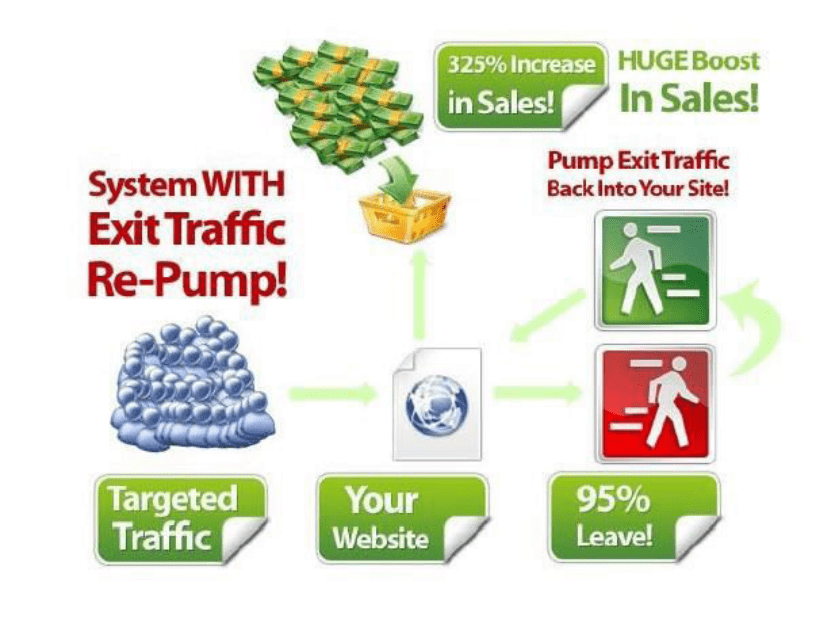 The main reason this method is so effective is the fact that you DON’T have to send more traffic to your website to make a ton of money. You will increase profits with the traffic you are getting right now. Basically, if your website is not set up to re-direct traffic, you are losing a TON of money. Having an exit strategy is so important that it cannot be overemphasized enough. If your website does not have the exit strategy in place.
The main reason this method is so effective is the fact that you DON’T have to send more traffic to your website to make a ton of money. You will increase profits with the traffic you are getting right now. Basically, if your website is not set up to re-direct traffic, you are losing a TON of money. Having an exit strategy is so important that it cannot be overemphasized enough. If your website does not have the exit strategy in place.
Here’s an example of an Exit Mechanism (Exit Popup):
This is the tool I use to set these up in less than 10 minutes: OptinMonster.com.
